-
Our ProductsLoansCardsInsuranceInvestmentsStock MarketElectronics MallCIBIL ScoreKnowledge CentreAcademyCalculators
- Our Services
- My Account
- Discover
Understanding Risk Profile
A risk profile is an assessment that reflects an individual’s or institution’s general comfort level and capacity for financial risk. It serves as a useful reference point in developing investment strategies, aligning asset allocation with broader financial objectives and time horizons. Understanding a risk profile can help ensure that investment choices are consistent with one’s overall financial situation and tolerance for market fluctuations.
What Is a Risk Profile
A risk profile is a comprehensive assessment of an individual’s or organisation’s tolerance for financial risk. It combines psychological, financial, and situational factors to estimate how much uncertainty an entity can endure in investments. This helps financial advisors recommend suitable investment products:
For individuals, it captures emotional risk tolerance, financial standing, and future goals.
- For institutions, it addresses market exposure, compliance mandates, and capital structure.
Risk Profiles for Individuals
Individuals have diverse financial needs, and their investment strategies must reflect their ability and willingness to take risks. A personal risk profile typically includes:
Risk tolerance: Comfort with investment losses and market fluctuations.
Risk capacity: Financial ability to absorb losses without compromising essential goals.
Financial goals: Retirement, homeownership, children’s education, etc.
Demographics: Age, income, number of dependents, and job security.
These factors are used to segment investors into risk categories such as conservative, balanced, or aggressive.
Risk Profiles for Companies
Corporate entities may also benefit from risk assessments, which can span several broader categories:
Business Risk: Relates to operational factors such as industry competition, supply chain efficiency, and shifts in market demand.
Market Risk: Involves exposure to variables like interest rate movements, currency fluctuations, and macroeconomic trends.
Financial Leverage: Refers to the extent of reliance on borrowed capital within the company’s financial structure.
Compliance Risk: Concerns the company’s obligations under applicable laws and regulatory frameworks.
Understanding these dimensions can support the formulation of internal strategies related to treasury management, investment considerations, and financial planning, based on the organisation’s risk tolerance and objectives.
Risk Profile Evaluation
Risk profiles are evaluated using various qualitative and quantitative tools:
Questionnaires: Gauge an investor’s risk aversion, experience, and investment goals.
Calculators: Online tools compute risk categories based on inputs like age, income, investment goals, etc.
Behavioral analysis: Historical responses to market events provide insight into emotional resilience.
Together, these tools provide a multidimensional view of the investor’s or entity’s financial behavior.
Types of Risk Profiles
Investors typically fall into the following categories:
Conservative: Prefers capital protection over growth. Limited equity exposure.
Balanced (Moderate): Prepared for some risk exposure while seeking opportunities for higher growth.
Aggressive: Seeks high returns and tolerates significant market volatility.
Some models, like the BBK Five-Way Model, further divide investors into:
Straight Arrow
Individualist
Guardian
Celebrity
Adventurer
Each profile offers insight into both psychological attitudes and financial capability.
Importance of Assessing a Risk Profile
Understanding one’s risk profile is essential for many reasons:
Aligning goals with investments: Avoids mismatches that can derail financial plans.
Asset allocation: Determines the balance of equities, bonds, and cash.
Compliance: In regulated industries, risk profiling is part of the KYC and advisory process.
- Emotional discipline: Prevents impulsive decisions during market volatility.
Key Components of a Risk Profile
A comprehensive risk profile considers several components:
Time horizon: Longer investment durations can typically tolerate higher risks.
Risk tolerance: Psychological readiness to handle fluctuations.
Risk capacity: Financial muscle to absorb potential losses.
Liquidity needs: Requirement for immediate access to funds.
Experience and knowledge: Familiarity with market instruments and strategies.
Each element contributes to shaping an accurate and personalised risk profile.
How Is a Risk Profile Prepared
Preparing a risk profile involves structured assessment and analysis:
Data Collection: Gather demographic, financial, and investment data.
Questionnaire: Administer surveys to determine psychological risk tolerance.
Evaluation: Compare tolerance with financial capacity.
Report Generation: Generate a risk profile report suggesting investment strategies and asset allocation.
Different organisations may use custom-built tools or third-party solutions to streamline this process.
Factors That Help to Determine Risk Profile
Multiple variables impact an individual’s or institution’s risk capacity and tolerance:
Income stability: Steady income allows for higher risk.
Age: Younger investors generally have a longer time horizon.
Investment knowledge: Investors with more exposure may approach risk assessment differently.
Financial obligations: Existing liabilities constrain risk-taking.
Personality traits: Optimism and patience may shape responses to volatility.
These must be assessed together, not in isolation, to yield accurate results.
Examples of Risk Profiles
Below are illustrative scenarios showing how different investor profiles might differ based on financial and personal considerations:
Young Professional (Higher Risk Appetite): A 28-year-old software engineer with stable income and minimal financial responsibilities may be comfortable with exposure to growth-oriented investments, depending on individual goals and circumstances.
Mid-Career Earner (Moderate Risk Appetite): A 45-year-old with family obligations and long-term financial plans may prefer a diversified investment approach that balances stability with potential growth.
Retiree (Lower Risk Appetite): A 65-year-old retired individual with a focus on capital preservation and income generation may consider options aligned with lower volatility, subject to personal needs and preferences.
Note: These scenarios are not recommendations and should not be used as the basis for investment decisions. Actual profiles and strategies vary significantly across individuals.
Conclusion
Risk profiling plays an important role in the context of investment planning and financial strategy development. It provides a structured approach to understanding an individual’s or entity’s general risk tolerance and capacity. This information can help guide decisions related to asset allocation and investment selection, supporting consistency with long-term financial objectives.
Disclaimer
This content is for informational purposes only and the same should not be construed as investment advice. Bajaj Finserv Direct Limited shall not be liable or responsible for any investment decision that you may take based on this content.
FAQs
What is a risk profile calculator?
A tool that assesses your financial information and investment preferences to assign a risk category.
What are common risk profiling tools?
These include online calculators, questionnaires, and behavioral analysis software.
What defines an investment risk profile?
It’s defined by a person’s risk tolerance, financial situation, investment goals, and time horizon.
What are the methods of risk profiling?
They include surveys, algorithm-based tools, interviews, and historical behavior analysis.
What types of investor risk profiles exist?
Conservative, Balanced/Moderate, and Aggressive are the most common categories.
How are risk profiling methods inaccurate?
They can misjudge behavior, overlook changes in financial status, or apply one-size-fits-all models.
Why is assessing a risk profile important?
It helps align investment decisions with financial goals.
Anshika brings 7+ years of experience in stock market operations, project management, and investment banking processes. She has led cross-functional initiatives and managed the delivery of digital investment portals. Backed by industry certifications, she holds a strong foundation in financial operations. With deep expertise in capital markets, she connects strategy with execution, ensuring compliance to deliver impact.
Related Blogs

Anshika

Roshani Ballal

Nupur Wankhede
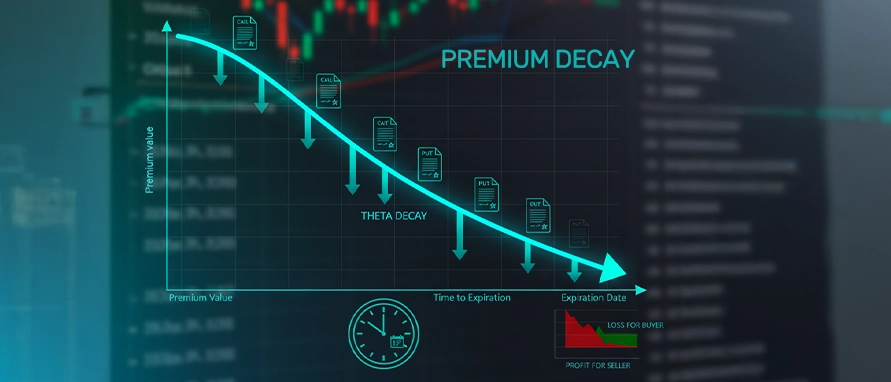
Anshika

Roshani Ballal

Geetanjali Lachke

Roshani Ballal

Geetanjali Lachke

Geetanjali Lachke

Nupur Wankhede

Roshani Ballal
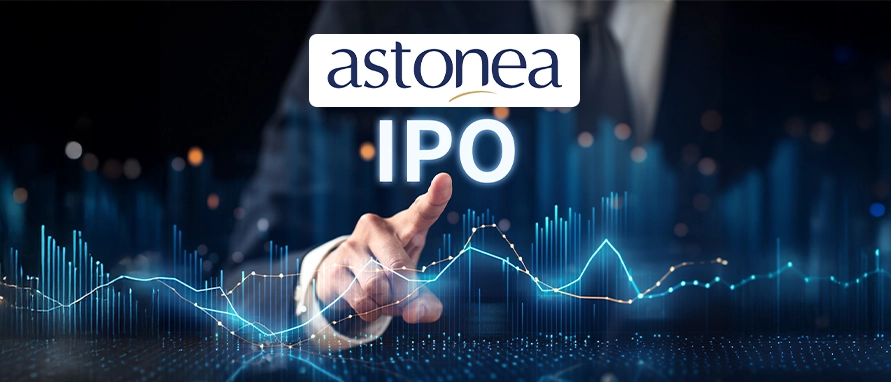
Roshani Ballal

Roshani Ballal
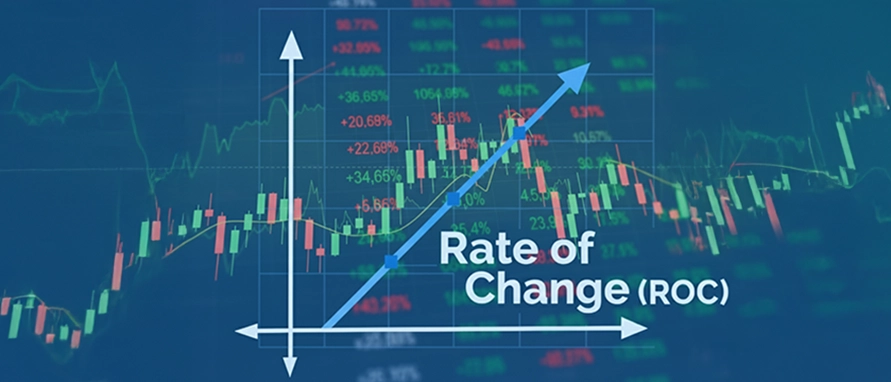
Nupur Wankhede

Anshika
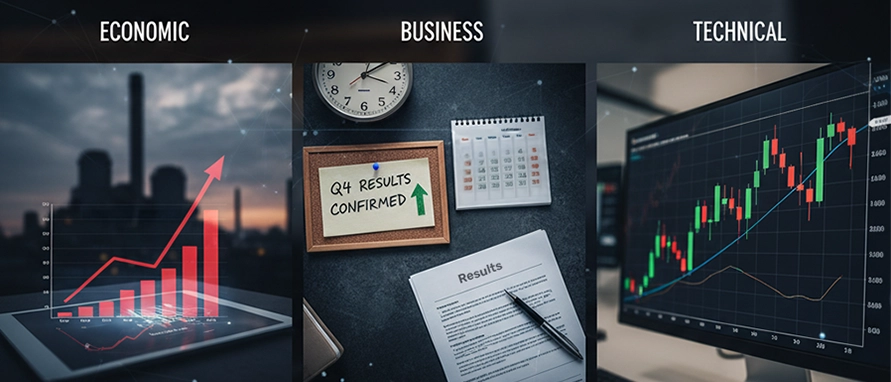
Anshika
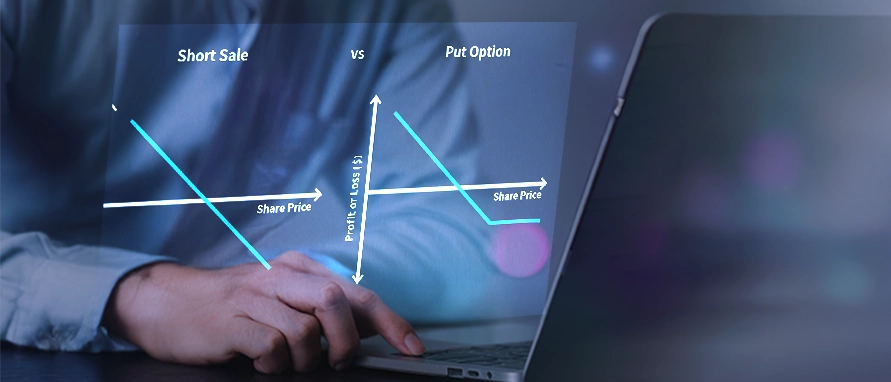
Nupur Wankhede

Nupur Wankhede

Nupur Wankhede

Anshika
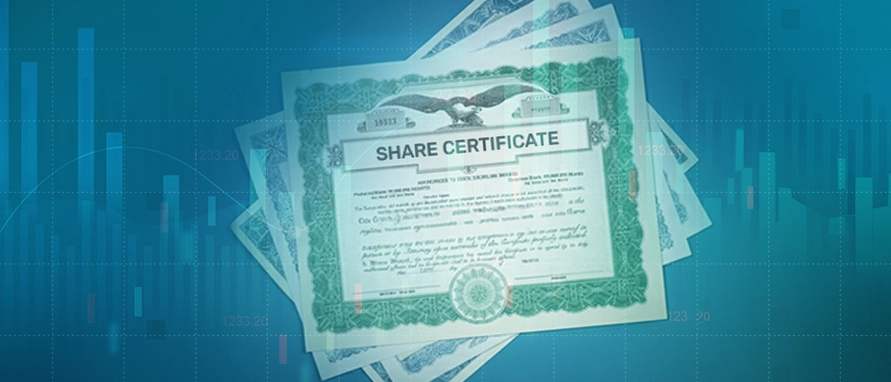
Nupur Wankhede

Anshika

Geetanjali Lachke

Roshani Ballal

Anshika

Anshika
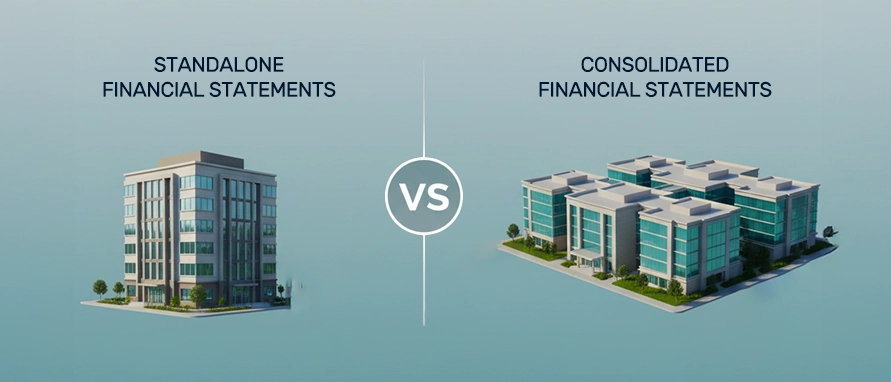
Nupur Wankhede
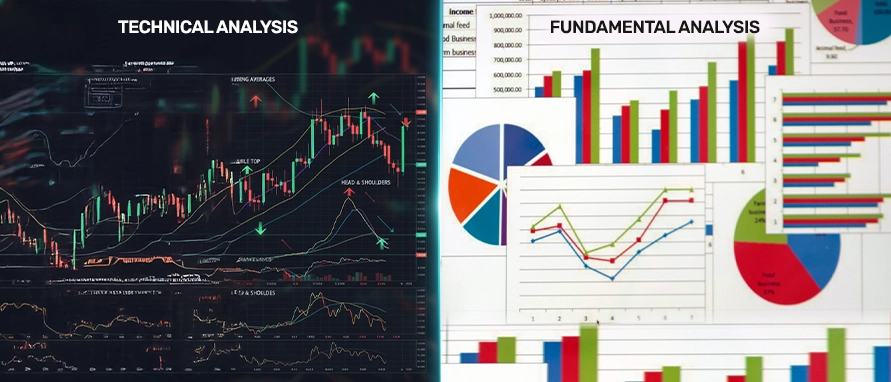
Anshika

Nupur Wankhede

Nupur Wankhede

Geetanjali Lachke

Roshani Ballal

Roshani Ballal

Geetanjali Lachke

Nupur Wankhede

Anshika

Nupur Wankhede

Nupur Wankhede

Nupur Wankhede

Nupur Wankhede

Nupur Wankhede

Nupur Wankhede

Nupur Wankhede

Geetanjali Lachke

Geetanjali Lachke

Roshani Ballal

Nupur Wankhede

Anshika

Anshika

Nupur Wankhede

Nupur Wankhede

Nupur Wankhede

Nupur Wankhede

Nupur Wankhede

Nupur Wankhede

Nupur Wankhede

Nupur Wankhede

Nupur Wankhede

Nupur Wankhede

Nupur Wankhede

Nupur Wankhede

Roshani Ballal

Anshika

Nupur Wankhede

Geetanjali Lachke

Nupur Wankhede

Nupur Wankhede

Anshika
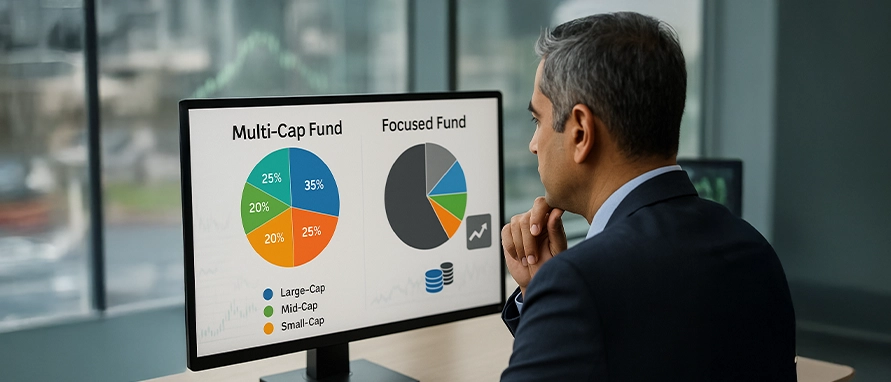
Anshika

Nupur Wankhede
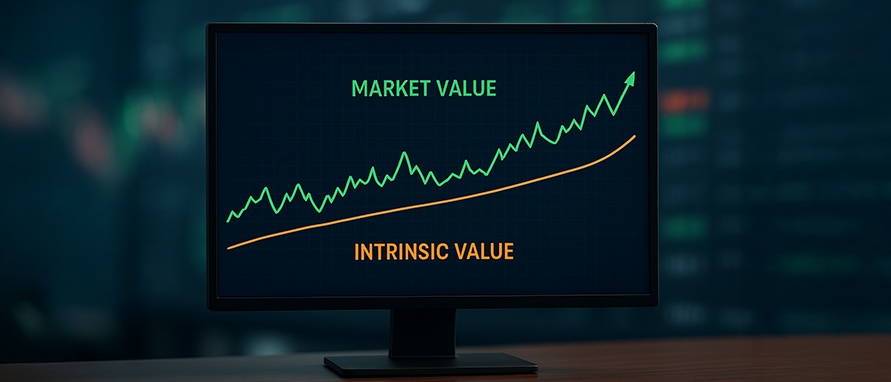
Anshika

Anshika

Nupur Wankhede
.webp)
Nupur Wankhede

Nupur Wankhede

Nupur Wankhede

Nupur Wankhede

Nupur Wankhede
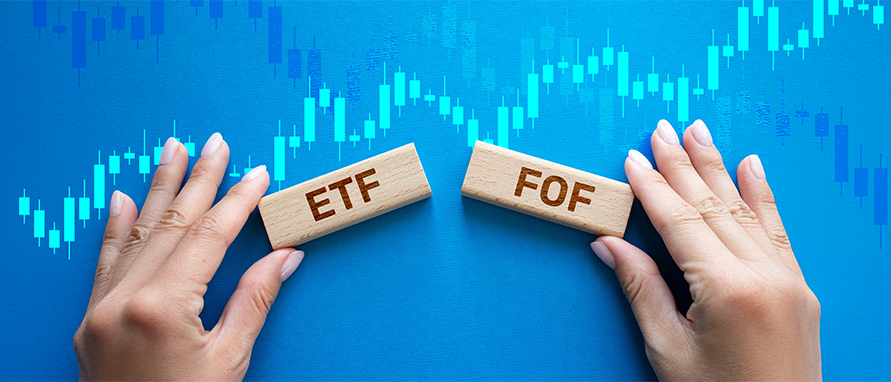
Nupur Wankhede

Nupur Wankhede
.webp)
Nupur Wankhede

Nupur Wankhede

Nupur Wankhede

Nupur Wankhede
-in-India.webp)
Nupur Wankhede

Nupur Wankhede

Nupur Wankhede

Anshika

Nupur Wankhede

Nupur Wankhede

Anshika

Anshika

Nupur Wankhede

Nupur Wankhede

Nupur Wankhede

Nupur Wankhede

Nupur Wankhede

Nupur Wankhede

Nupur Wankhede
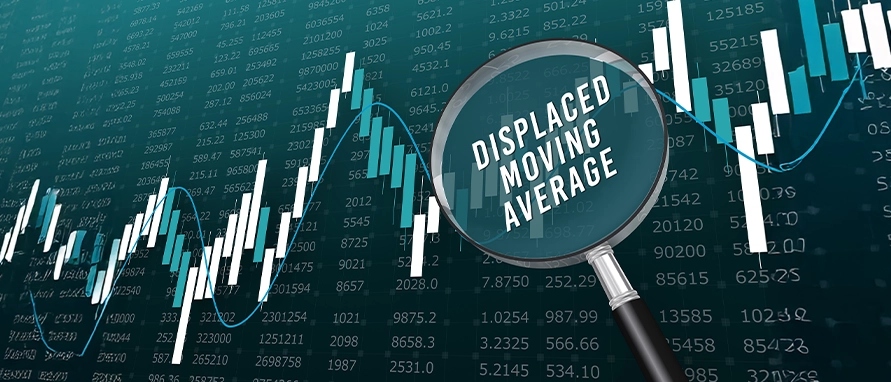
Nupur Wankhede

Nupur Wankhede

Nupur Wankhede

Anshika

Nupur Wankhede

Nupur Wankhede

Nupur Wankhede

Nupur Wankhede

Anshika

Nupur Wankhede

Nupur Wankhede
-Meaning-Importance.webp)
Nupur Wankhede

Anshika

Nupur Wankhede
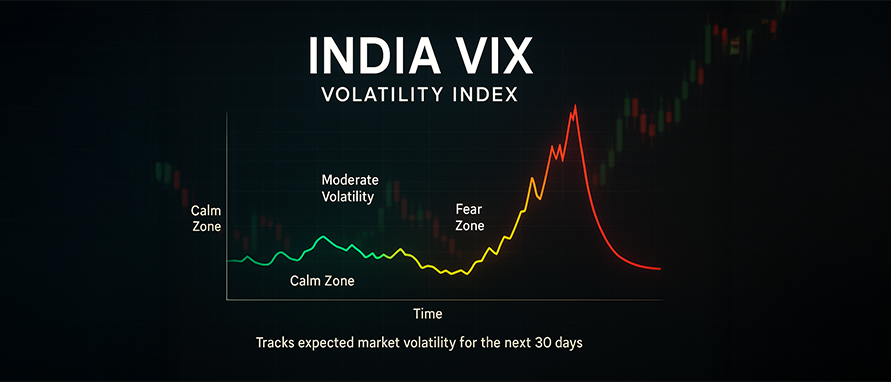
Nupur Wankhede

Nupur Wankhede
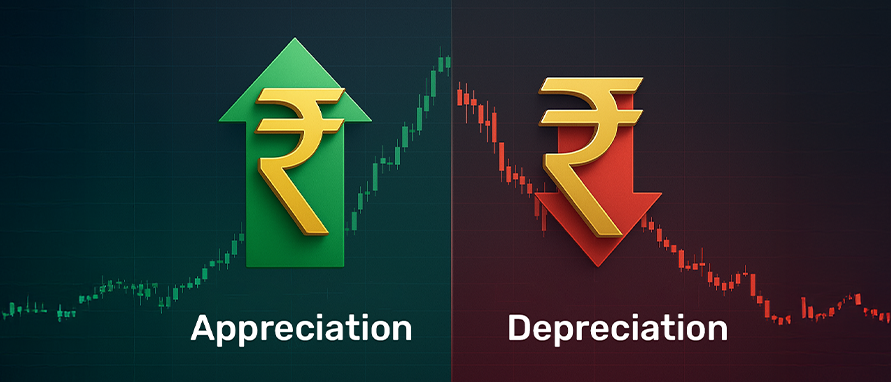
Anshika

Nupur Wankhede
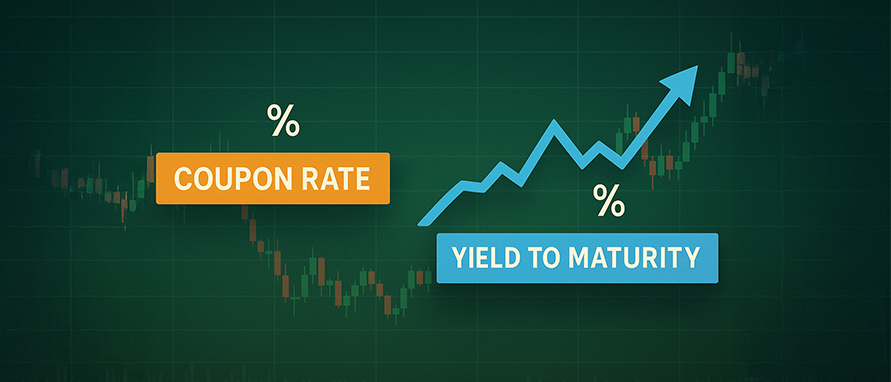
Nupur Wankhede
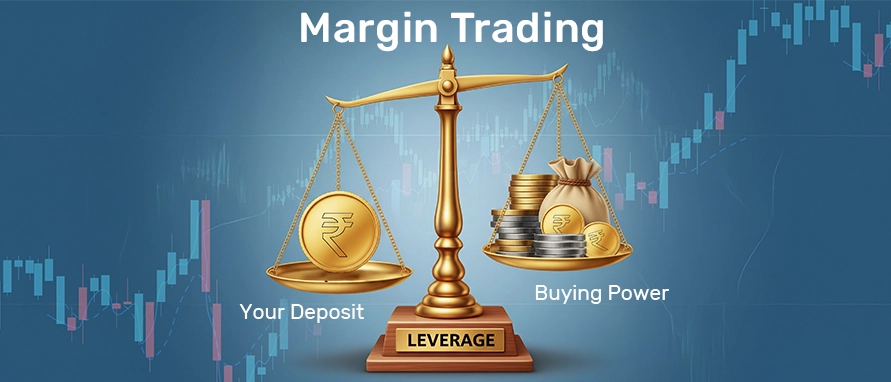
Nupur Wankhede

Geetanjali Lachke

Geetanjali Lachke

Geetanjali Lachke
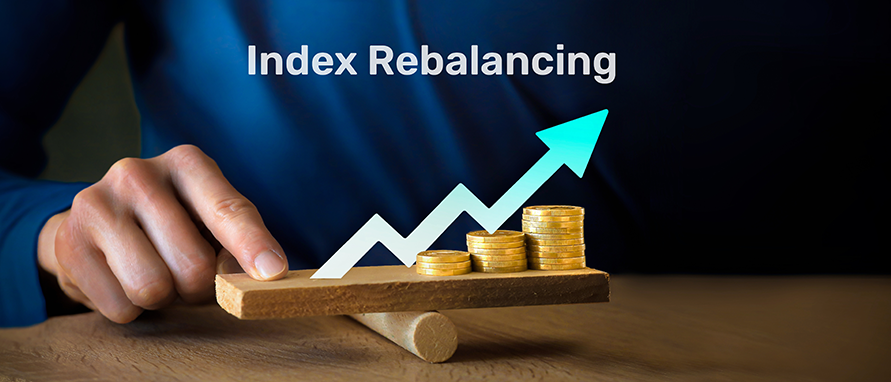
Anshika
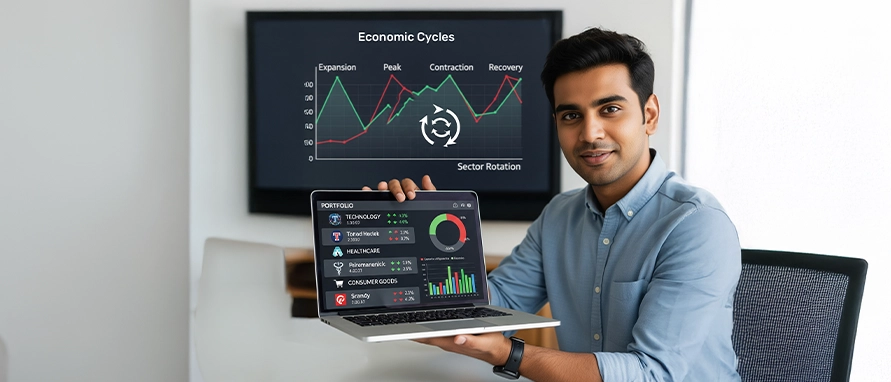
Anshika

Nupur Wankhede

Nupur Wankhede
-portfolio.webp)
Nupur Wankhede

Anshika

Geetanjali Lachke

Geetanjali Lachke

Geetanjali Lachke

Geetanjali Lachke

Geetanjali Lachke

Roshani Ballal

Geetanjali Lachke

Geetanjali Lachke

Geetanjali Lachke

Roshani Ballal

Roshani Ballal

Geetanjali Lachke

Roshani Ballal

Roshani Ballal

Roshani Ballal

Roshani Ballal

Roshani Ballal

Roshani Ballal



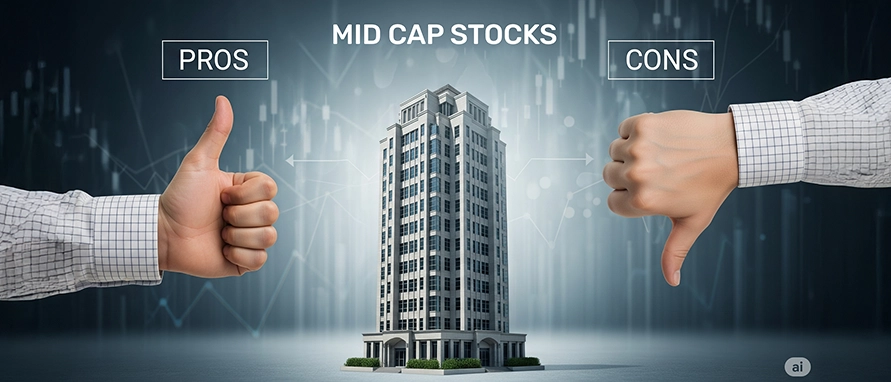






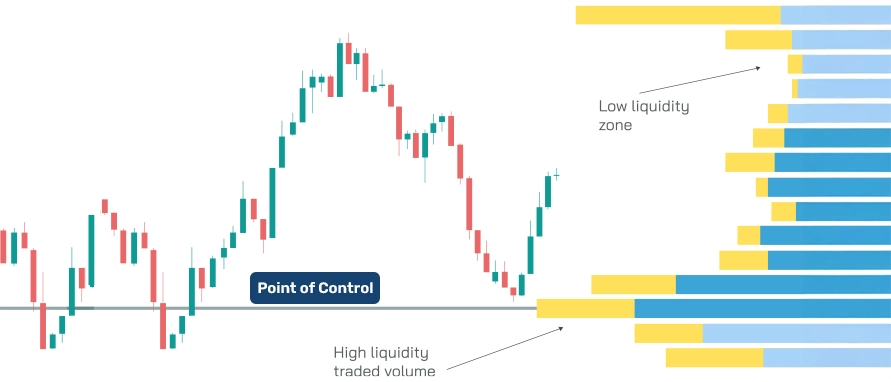
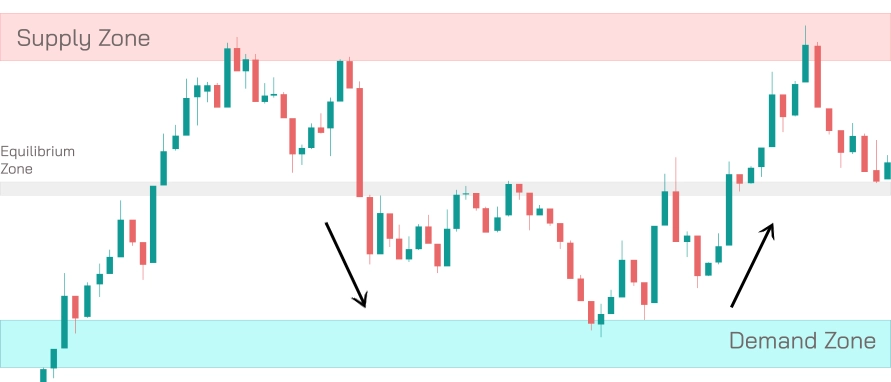

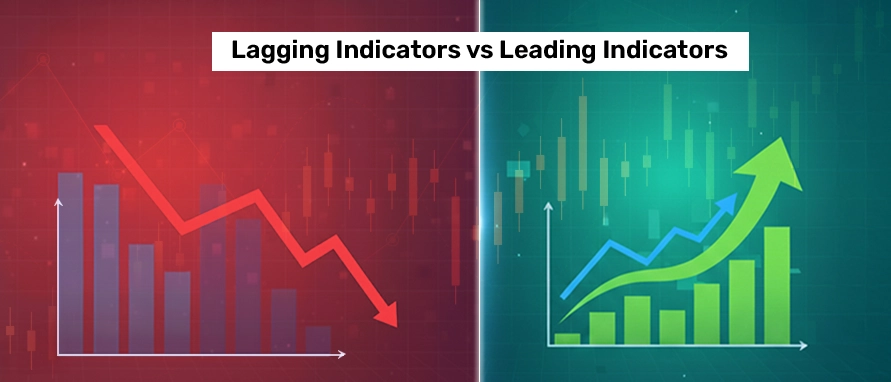
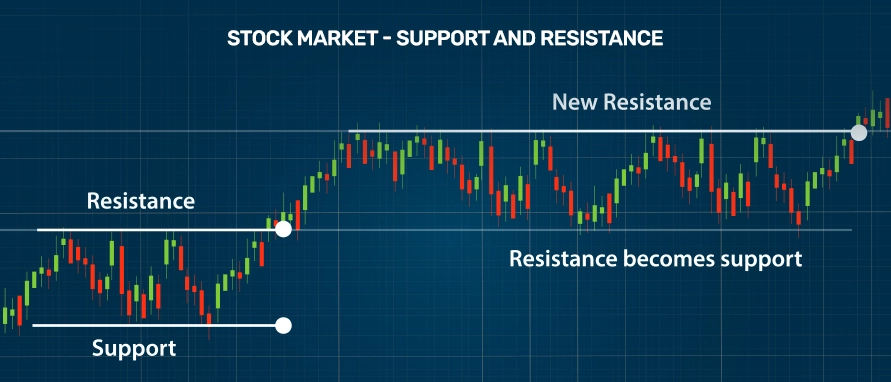
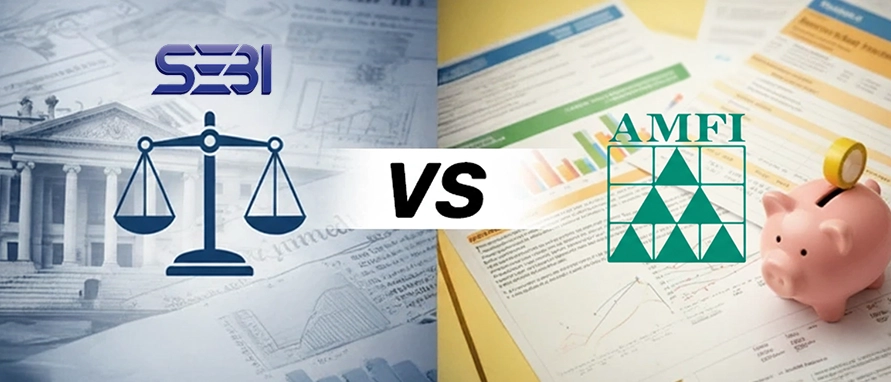





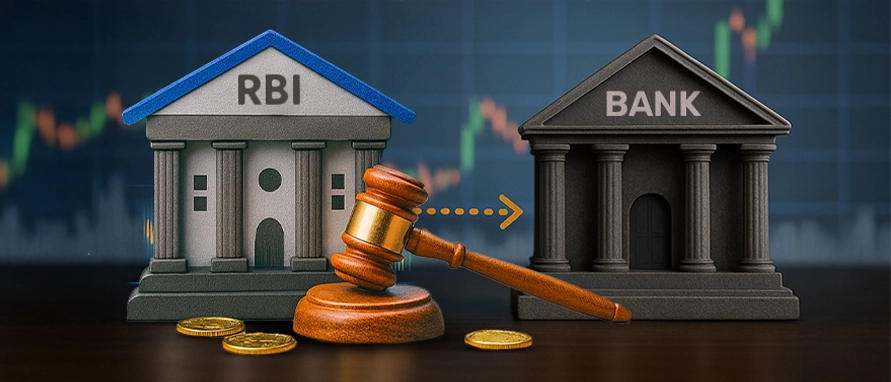
.webp)

.webp)
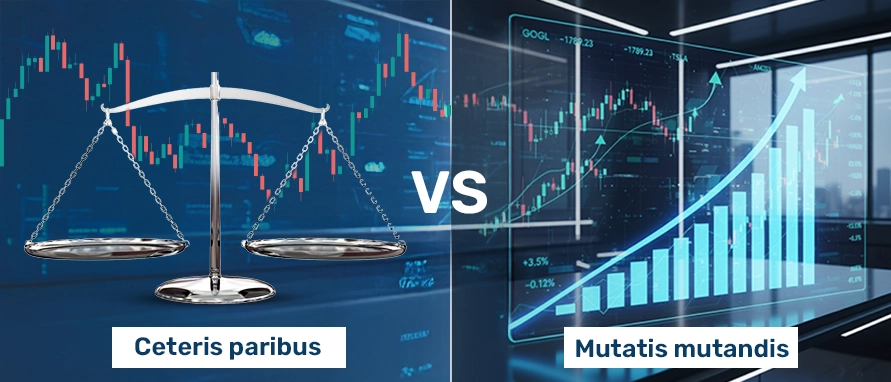
















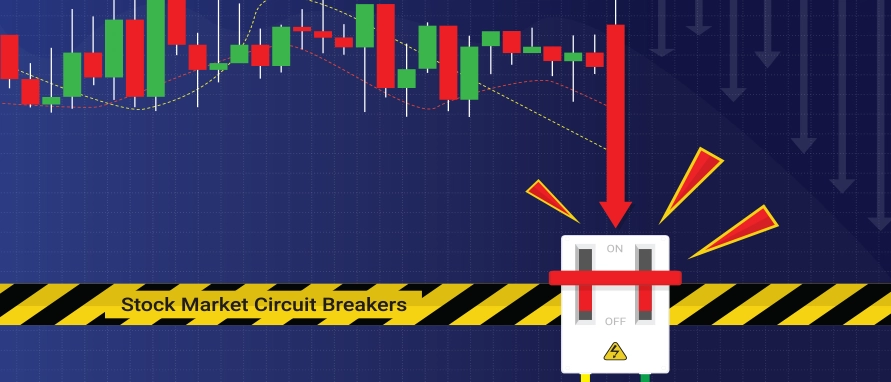




















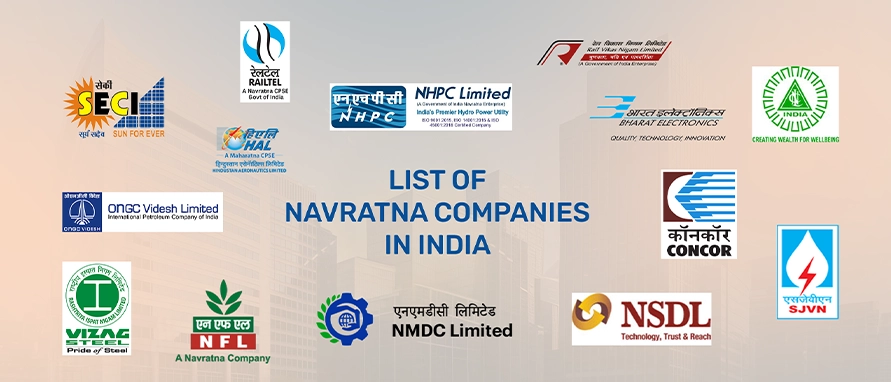






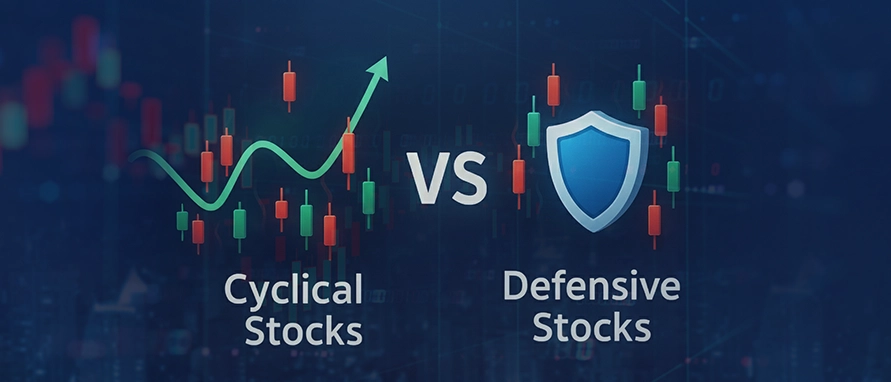




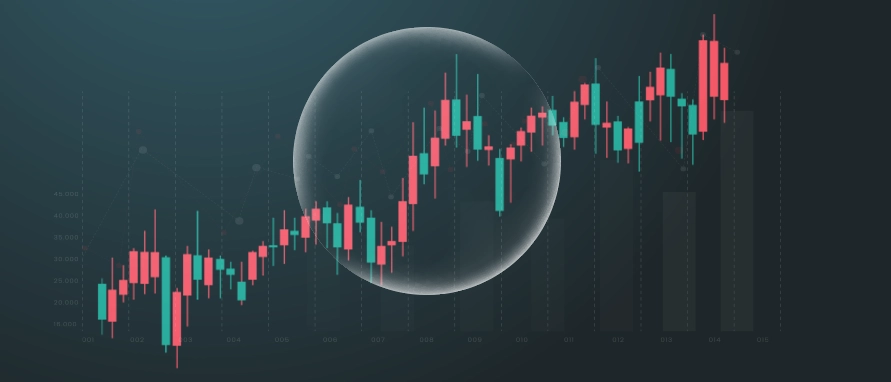












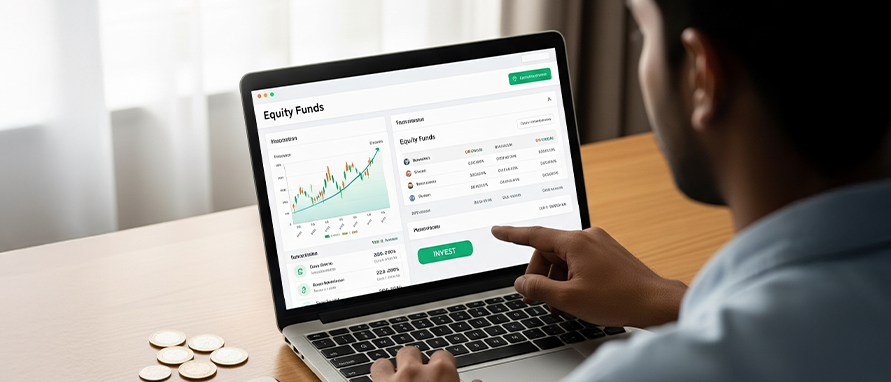

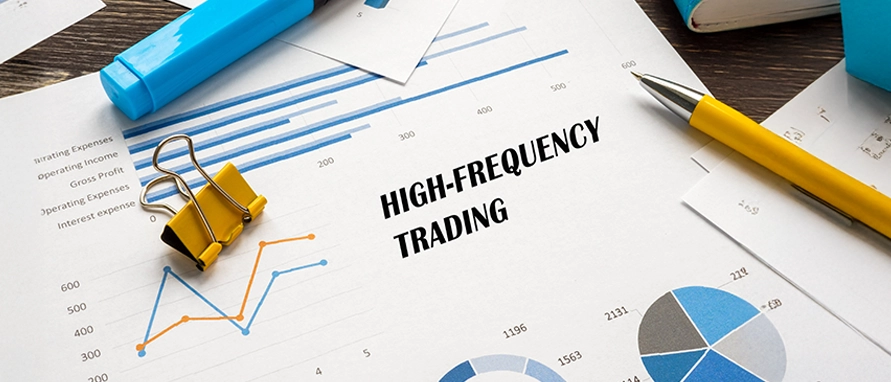


.webp)



.webp)












.webp)


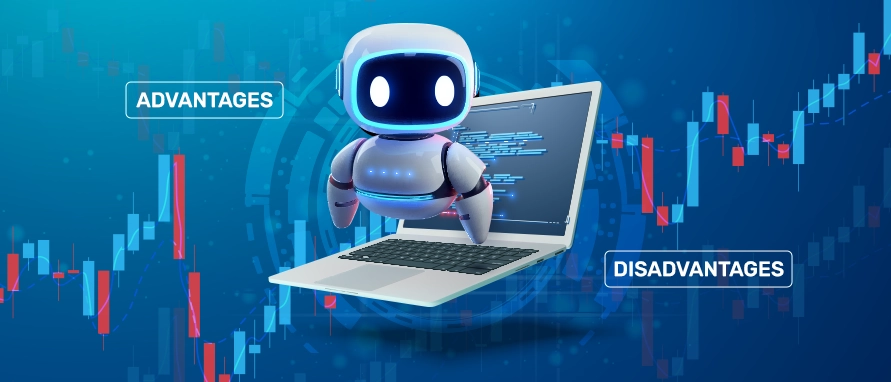

.webp)
































